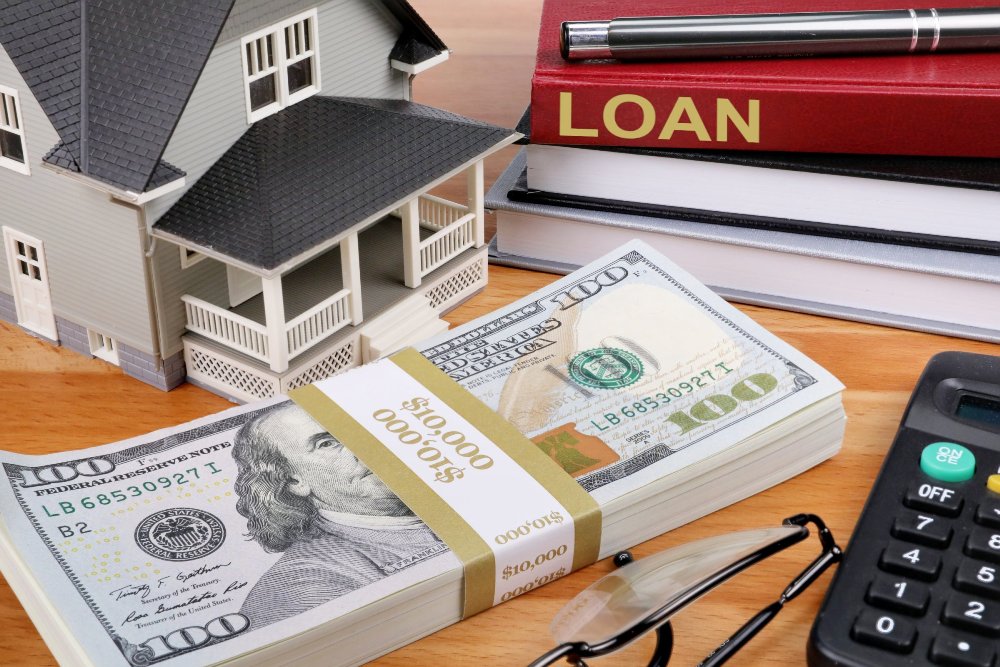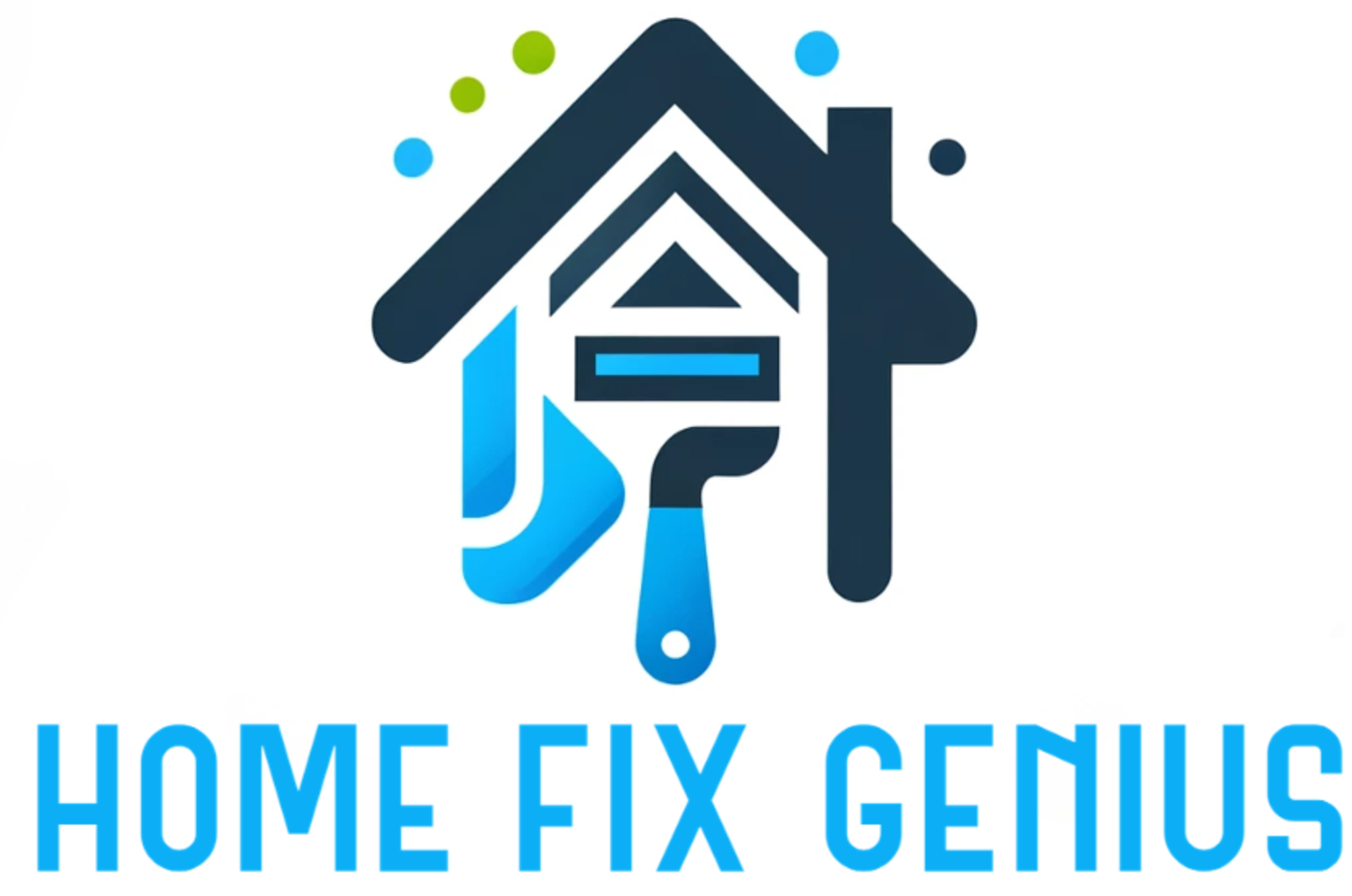
Are you dreaming of renovating your home but worried about your credit score? Whether it’s a kitchen remodel, bathroom renovation, or backyard makeover, home improvements can enhance your living space and increase your property’s value. However, for many homeowners with less-than-perfect credit, obtaining financing for these projects can seem daunting. Fortunately, there’s a solution: bad credit home improvement loans. In this guide, we’ll explore how these loans can make your renovation dreams accessible, despite credit challenges.
Understanding Bad Credit Home Improvement Loans
Bad credit home improvement loans are specifically designed for individuals with poor credit scores who need funds to renovate their homes. These loans provide financing for various home improvement projects, from small repairs to major renovations, allowing homeowners to enhance their living spaces despite credit obstacles. Unlike traditional loans, which may require a pristine credit history, bad credit home improvement loans are tailored to individuals facing credit challenges.
How Bad Credit Home Improvement Loans Work
Bad credit home improvement loans function similarly to traditional home improvement loans but are tailored to individuals with poor credit histories. Lenders may offer secured or unsecured loans, depending on the borrower’s creditworthiness and collateral availability. Secured loans require collateral, such as home equity, while unsecured loans do not, but typically come with higher interest rates. By offering both secured and unsecured options, lenders can accommodate borrowers with varying credit profiles and financial situations.
Benefits of Bad Credit Home Improvement Loans
Opting for a bad credit home improvement loan offers several advantages. Firstly, it provides access to much-needed funds for home renovations, regardless of credit score. Whether you’re looking to update your kitchen, remodel your bathroom, or add a new deck, these loans can help turn your renovation dreams into reality. Additionally, timely repayment of these loans can help improve your credit score over time, making it easier to qualify for future financing. Moreover, these loans allow homeowners to enhance their living spaces, increase property value, and improve overall quality of life.
Types of Bad Credit Home Improvement Loans
Bad credit home improvement loans come in various forms, each with its own eligibility requirements, terms, and benefits. Personal loans are unsecured loans that do not require collateral, making them suitable for individuals with limited assets. Home equity loans and home equity lines of credit (HELOCs) are secured loans that use the borrower’s home equity as collateral, allowing for higher loan amounts and potentially lower interest rates. By offering a range of options, lenders can cater to borrowers with diverse financial situations and renovation needs.
Qualifying for Bad Credit Home Improvement Loans
While bad credit home improvement loans are accessible to individuals with poor credit scores, qualifying for these loans may require meeting certain eligibility criteria. Lenders typically consider factors such as income stability, debt-to-income ratio, and the value of the collateral (if applicable). Demonstrating the ability to repay the loan and providing documentation of income and assets can strengthen your loan application. By meeting these eligibility requirements, you can improve your chances of qualifying for a bad credit home improvement loan and securing the funds needed for your renovation project.
Finding Lenders Offering Bad Credit Home Improvement Loans
Finding lenders that offer bad credit home improvement loans is relatively easy. Start by researching online or contacting local financial institutions, credit unions, or online lenders specializing in bad credit financing. Be sure to compare loan terms, interest rates, and fees from multiple lenders to find the best option for your needs and budget. Additionally, consider reaching out to lenders directly to inquire about their financing options and eligibility requirements. By exploring multiple lenders and understanding their offerings, you can make an informed decision and secure the financing needed for your home improvement project.
Considerations Before Applying
Before applying for a bad credit home improvement loan, consider your financial situation carefully. Evaluate the total cost of the project, including materials, labor, and any additional fees. Determine how much you can afford to borrow and repay comfortably, taking into account your monthly income and expenses. Additionally, review the terms and conditions of the loan carefully, including interest rates, repayment terms, and any associated fees. By understanding the terms of the loan and assessing your financial readiness, you can ensure that the loan aligns with your goals and budget.
Conclusion
Bad credit home improvement loans offer a lifeline to homeowners looking to renovate their homes despite credit challenges. By understanding how these loans work, exploring the different types available, and carefully considering your options, you can make informed decisions and turn your renovation dreams into reality. Remember to research lenders, compare loan terms, and ensure that the loan aligns with your financial goals and budget before moving forward with your home improvement project.

FAQs
What are bad credit home improvement loans, and who are they suitable for?
Bad credit home improvement loans are specifically designed for individuals with poor credit scores who need funds to renovate their homes. These loans provide an opportunity for those facing credit challenges to access financing for home improvement projects, making them suitable for homeowners looking to enhance their living spaces despite credit obstacles.
How do bad credit home improvement loans differ from traditional loans?
Traditional loans typically require a good credit history for approval, whereas bad credit home improvement loans are tailored to individuals with less-than-perfect credit scores. These loans may have higher interest rates or require collateral to mitigate the lender’s risk, but they provide an accessible financing option for homeowners who may not qualify for traditional loans.
What types of projects can be funded with bad credit home improvement loans?
Bad credit home improvement loans can be used to fund a variety of projects, including kitchen renovations, bathroom remodels, landscaping upgrades, and general repairs and maintenance. Whether you’re looking to update outdated features, increase energy efficiency, or improve the functionality of your home, these loans can help you achieve your renovation goals.
How can I improve my chances of qualifying for a bad credit home improvement loan?
While bad credit home improvement loans are designed for individuals with poor credit scores, there are steps you can take to improve your chances of qualifying. These may include demonstrating stable income, reducing existing debt, providing collateral if applicable, and researching lenders that specialize in bad credit financing. Additionally, reviewing and addressing any errors on your credit report can help improve your creditworthiness.
What should I consider before applying for a bad credit home improvement loan?
Before applying for a bad credit home improvement loan, it’s important to carefully consider your financial situation and renovation needs. Evaluate the total cost of the project, including materials, labor, and any additional fees, and determine how much you can afford to borrow and repay comfortably. Compare loan terms, interest rates, and fees from multiple lenders to find the best option for your needs and budget. Additionally, review the terms and conditions of the loan carefully to ensure that it aligns with your financial goals and circumstances. By conducting thorough research and assessment, you can make informed decisions and secure the financing needed for your home improvement project.
